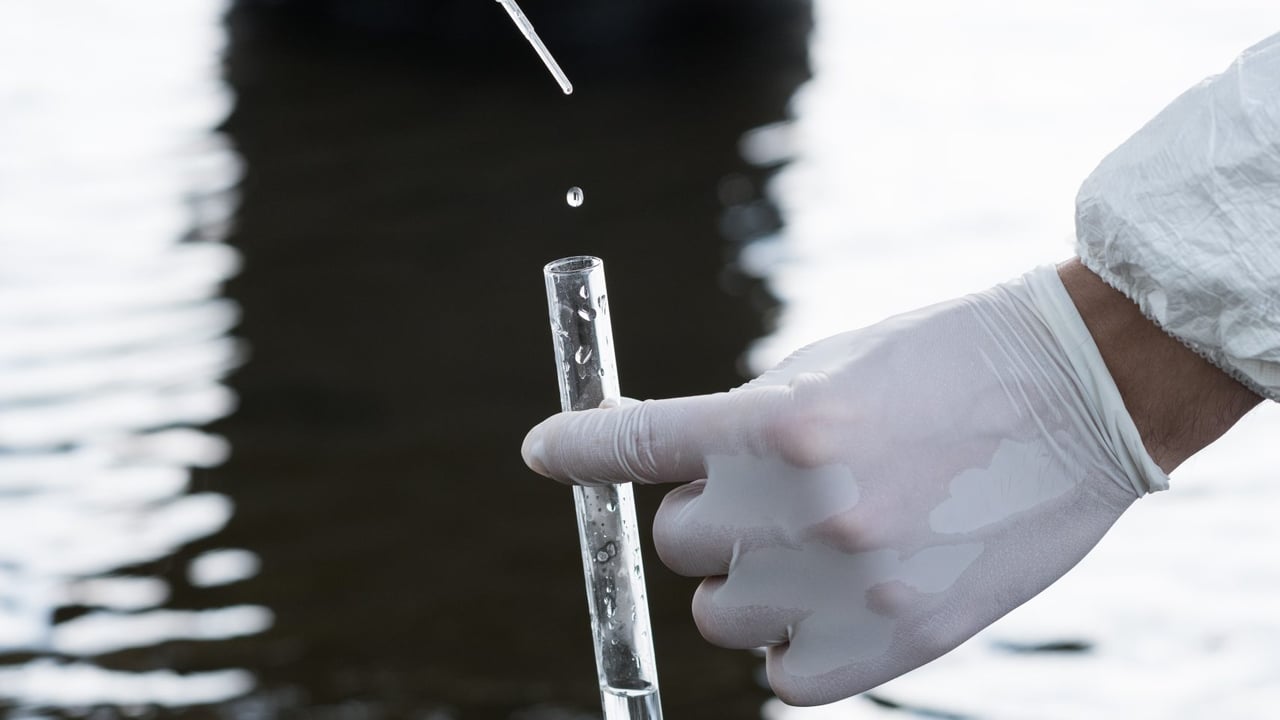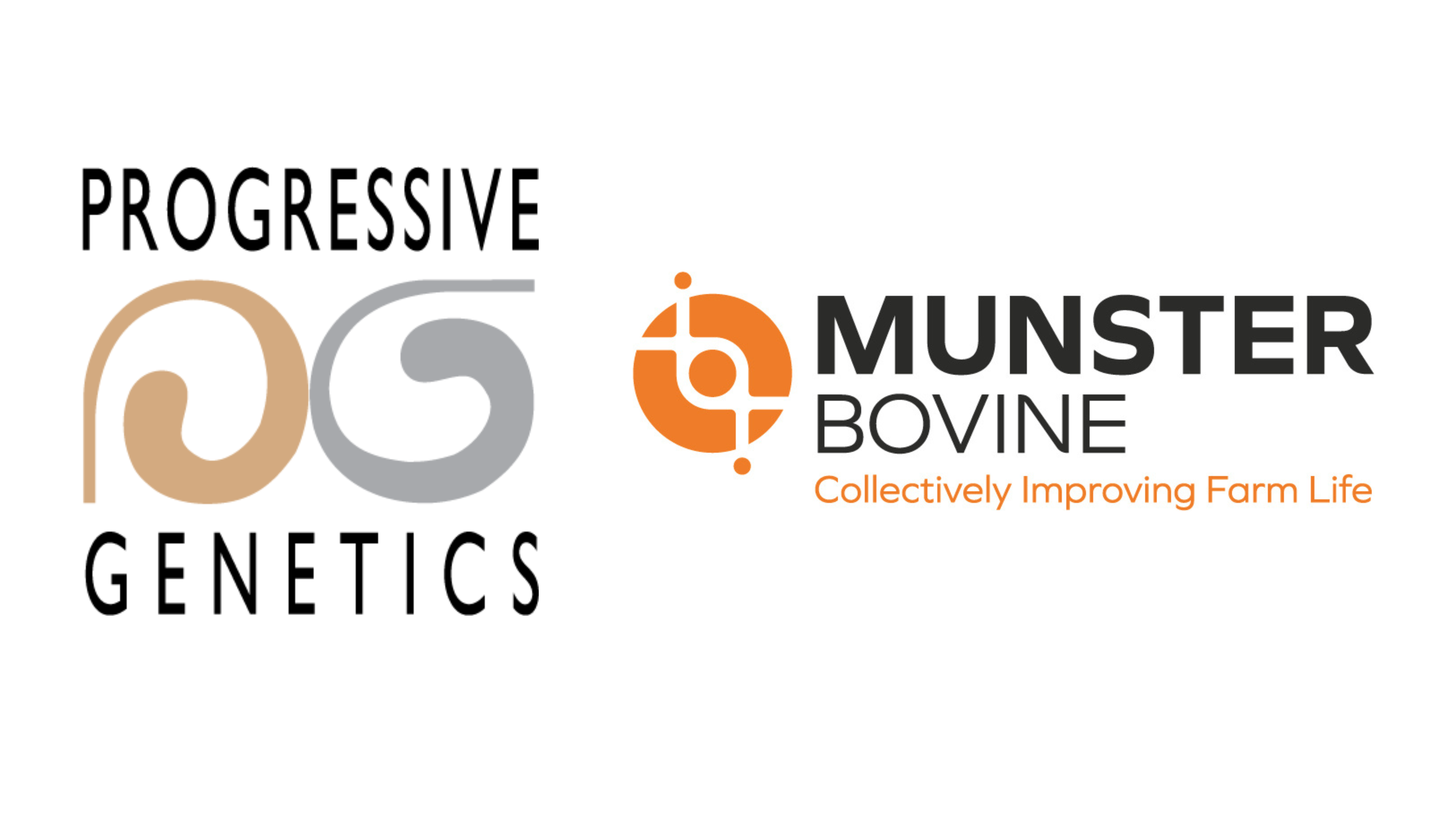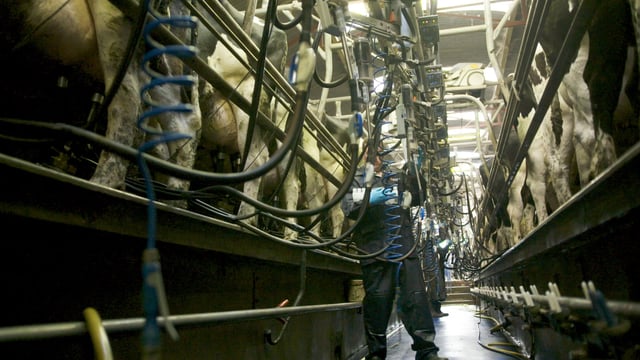Irish lakes at risk of similar Lough Neagh algal event
A new study has shown that Irish lakes face a high potential threat of experiencing harmful algal bloom (HAB) events due to a combination of factors like those implicated in the Lough Neagh bloom.
The EPA-funded report, 'Investigating the likelihood of a Lough Neagh bloom scenario happening in the Republic of Ireland', comes from a study carried out by the UK Centre for Ecology and Hydrology and the James Hutton Institute.
This study reviewed the factors that contributed to the HAB event in Lough Neagh, Northern Ireland, in 2023.
It assessed the potential for similar events in other nutrient-enriched and nationally important lakes in Ireland.
This study shows that there are a number of lakes in Ireland facing a potential threat of serious HAB events, with high catchment phosphorus levels, high in-lake phosphorus levels, zebra mussel presence, rising temperatures, and increases in extreme precipitation events all affecting the study lakes to varying extents.
The study concluded that seven of the 35 lakes included in this study - 20% - face this high potential threat of experiencing HABs.
These lakes are all in the areas of counties Cavan and Monaghan: Lough Sillan, Lough Ramor, Lough Naglack, Lough Oughter (South), Lough Egish, Upper Lough Skeagh, and Lough Gowna (north).
As part of the study, a 'threat matrix' was developed using 11 metrics - different threat factors related to HABs.
These included: a water quality principal component analysis; Water Framework Directive status; zebra mussel presence; lake depth and retention time; future precipitation and air temperature exceedance; and catchment phosphorus concentrations.
This 'threat matrix' categorised the 35 study lakes based on their relative threat of experiencing HABs. The seven lakes in counties Cavan and Monaghan were found to have the highest relative combination of threat factors, ranging from six to eight.
In 2023, Northern Ireland's Lough Neagh, which is Ireland and the UK's largest freshwater lake and provides 40% of Northern Ireland's drinking water, had "one of the worst and longest lasting blue-green algal blooms in its history", the report explained.
"It is vital to understand the causes of this and the possible risks of similar events happening in lakes in Ireland, so that future monitoring, potential interventions and mitigation strategies can be planned to avoid this, where possible."
The report summarises that the three main causes of HAB events in Lough Neagh are:
- Nutrient loading – phosphorus and nitrogen from agriculture and wastewater treatment works;
- Climate change – increased surface water temperatures and increased rainfall (and flooding);
- Zebra mussels – their impact on phytoplankton populations/clear water phases.
The report explained that HABs "negatively affect the ecology of a lake, as well as human and animal health, making these events particularly relevant to lakes in Ireland that are protected under the Water Framework Directive, the Drinking Water Directive, the Bathing Water Directive and/or the Habitats Directive".
The report said that at Lough Neagh, it was the "scale of the HAB event and its impact that made it such a serious issue".
Therefore, lakes with both a high HAB threat level and a high public and nature amenity value - such as Lough Derg in Co. Tipperary - should be of "most concern".
For the study, data on lake and catchment characteristics, water chemistry, future climate projections, zebra mussel presence, and catchment land cover/nutrient loading were collated and analysed.
According to the report, decades of anthropogenic pollution in the Lough Neagh catchment have led to an excess of nutrients.
"Climate change has exacerbated the situation, with Lough Neagh’s surface water temperature increasing by 1°C between 1995 and 2023," the report said.
"The wettest July on record, in 2023, further contributed to significant phosphorus loading from land to water."
The report also explained that as filter feeders, zebra mussels increase water clarity, "allowing for greater light penetration and potentially promoting cyanobacteria (blue-green algae) growth".
"While zebra mussels can also reduce overall phytoplankton and chlorophyll-a concentrations, their selective feeding may favour population growth of blue-green algae."
Of the lakes studied, zebra mussel presence has been recorded in 74% (26 of 35), with Lough Derg (Co. Tipperary) having a particularly well-established population, the researchers found.
Analysis of land cover characteristics revealed that pastures are the dominant land cover type in most lake catchments (covering over 70% of the land area for 31 lakes).
Analysis of catchment nutrients indicated that phosphorus loading from pastures is a significant contributor to the total phosphorus load in 74% (26 of 35) of the study lakes.
The exact causes of the 2023 Lough Neagh event are "still being investigated, and the role of zebra mussels, often seen as phosphorus reducers in Ireland, is yet to be fully understood", the report states.
While it is not assumed that the lakes included in this research will experience the same extent of HABs as what Lough Neagh has, "lessons can be learned" from this event, and the report offers several recommendations.
These include to improve the evidence base and scientific understanding, and do this by increasing "monitoring of nutrients and other water quality parameters, particularly in winter, to gain a better understanding of the impact of zebra mussels and to detect early warning signs of HABs".
It is advised that increased monitoring of zebra mussel populations takes place to "assess current numbers and gain an understanding of population changes over time, and conduct further research on zebra mussel behaviour and life cycles".
The report also recommends developing a HAB action plan for Irish lakes, outlining best practices for environmental responses/impact management.
The report emphasises that lessons must be learned from the "management of the Lough Neagh HAB event, including by establishing threat levels for surveying, and issuing alerts for, and reacting to, HABs at bathing water lakes".
After the blue-green algae bloom in 2023, DAERA published a 37-point action plan to protect the water of Lough Neagh.
Stakeholder forums have been taking place as they work on interventions to improve water quality.





